Size-Specific Fonts From Scangraphic
This post is a follow-up to the recently released FontBooklet No. 2 focusing on optical size mastering and size-specific designs. Besides the examples featured in the brochure there is a digital type library that offers all of their fonts in headline and body text versions, with about two thirds of them in both – the Scangraphic Digital Type Collection. Scangraphic fonts carrying the appendix "SB" (Bodytypes) are drawn, spaced and kerned specifically for text use, while those with "SH" (Supertypes – the H stands for Headline) are optimised for display use. Some of the differences can be plainly seen, others only reveal themselves upon closer examination.
As you can see in the example above the most obvious differences can be found in the spacing and kerning – the Bodytypes are much looser than the Supertypes versions. We have learned in Ivo's last post that according to recent scientific research spacing is a crucial factor for legibility. To counter the effect of clustering and blurring smaller type needs extra space.
Another easy to discern characteristic is the placement of diacritics. Not only are they closer to the capitals in the Supertypes, but those versions also have a number of alternate capital forms with the accents integrated in the characters. This allows for all cap headlines with very tight leading, specifically in German.
The third difference is almost not visible … until you blow up the type really big. Carefully added ink traps make sure that the inside corners in Bodytypes don't fill up with ink and stay "sharp". Ink traps are quite common in digital fonts, because most of them are designed to work well in small sizes as well. Yet the ink traps look ungainly once they become clearly visible in display sizes, and this is why they are absent in Supertypes.
Scangraphic Digital Type Collection
Here's a little background information on Scangraphic Digital Type Collection. The collection was started in the early days of digital type. As Adam Twardoch once explained on Typophile, the Scangraphic fonts were digitised on Ikarus equipment in close collaboration with URW in the 1980s. Ikarus is a digitising application developed in Germany in the early 1970s by Dr. Peter Karow of URW, and was for a long time the de facto program for professional font production. Specifically designed to digitise letter forms and compile digital fonts, it is unique because the curve information is in the application code and controlled only by anchor points.
There are no control points in Ikarus as in Bezier-based application. With Ikarus the process begins with letter forms designed by conventional means, that is by drawing. These drawn originals are then hand marked for anchor points and spacing side bearings. A technician uses a sensor to plot this information into the Ikarus application, then checks and edits the forms. With the data complete, Ikarus compiles the digital font formats and descriptor files.
Scangraphic is based in Hamburg, just like Elsner+Flake and URW++, and the activities of the companies are somehow interconnected. Veronika Elsner, one half of Elsner+Flake, was the first type designer who worked at URW (she was hired by Peter Karow in 1975 or so). Jelle Bosma (now Monotype Imaging) worked at Scangraphic when the company digitised their type collection. The Scangraphic fonts were converted to Type 1 about 1992. Since Scangraphic literally abandoned the font business, Elsner+Flake took over their font collection in 2004. They added Euro characters to all the fonts, remastered them, re-issued them in Type 1 format and additionally published them in OpenType PS format.

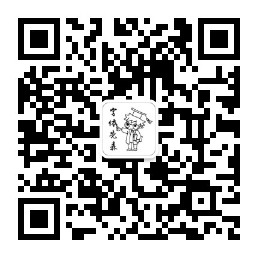




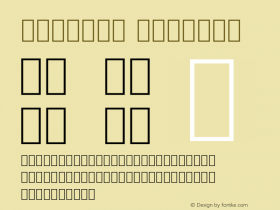










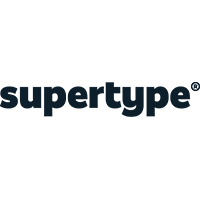

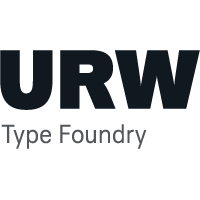
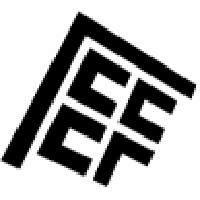

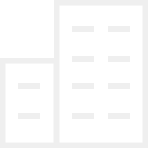
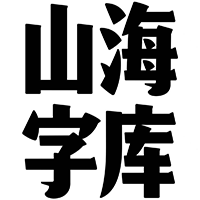
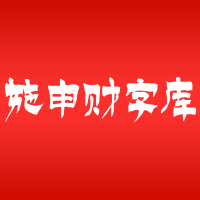
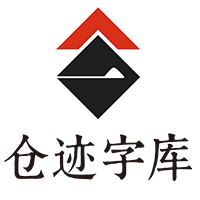
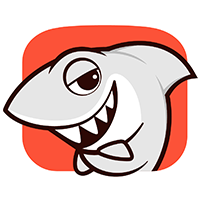
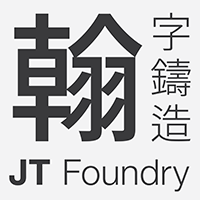
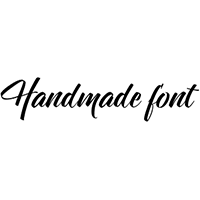
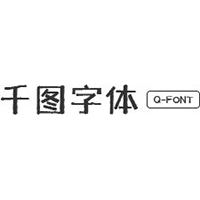
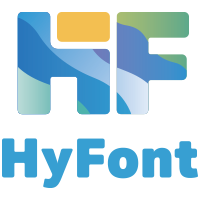

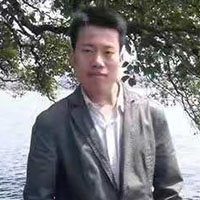
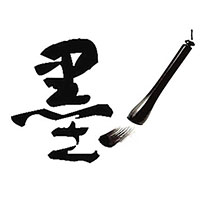
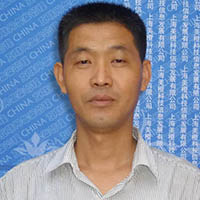




 闽公网安备35010202000240号
闽公网安备35010202000240号